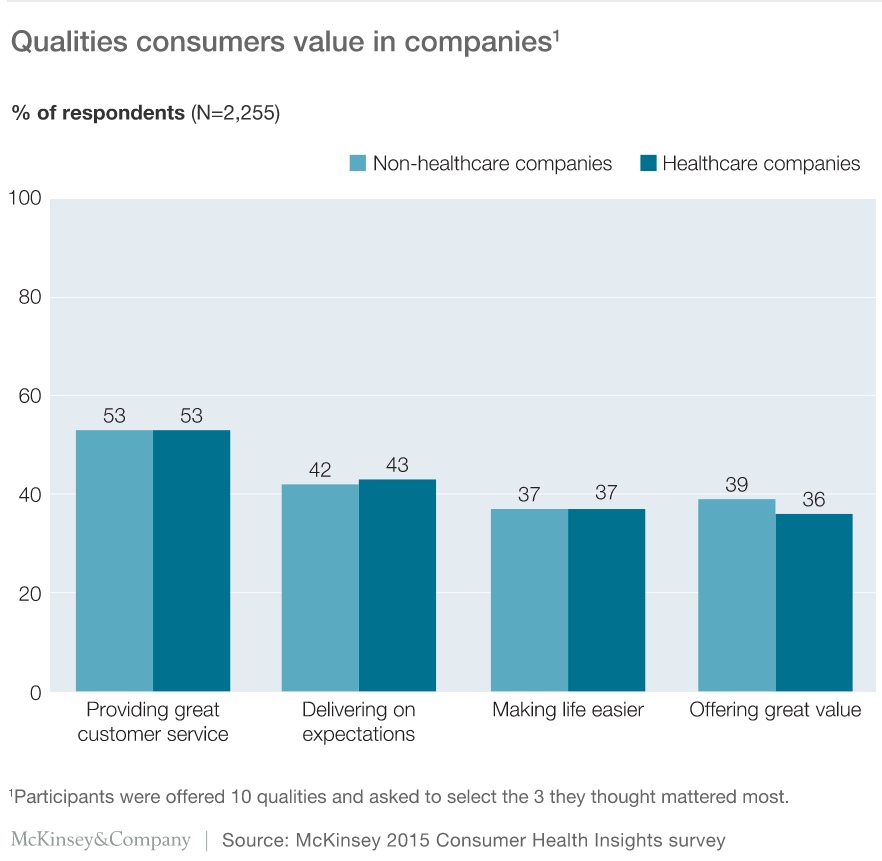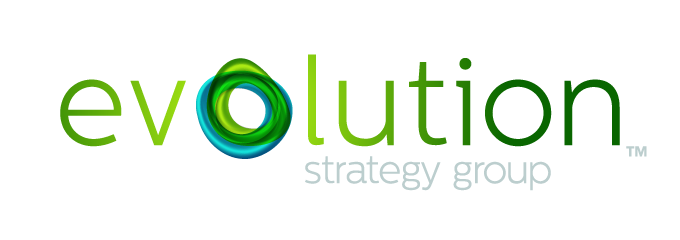There is a prevailing view that both healthcare consumers are distinct from consumers in say, in the retail or automobile industry and that both are significantly distinct from physicians. The rationale? Expectations surrounding their experiences or value propositions are greatly different. Yet, there are a lot of parallels to be drawn. In fact, according to McKinsey 2015 Health Consumer Insights Survey , more than half of participants identified great customer service equally important for both non-healthcare companies and healthcare companies. Other key qualities included great value, offerings that made life easier and most importantly, delivering on expectations.

The same is true for physicians. In fact, at Evolution Strategy Group, we consistently advise clients that the journey that medical professionals — namely physicians — take to arrive at management recommendations is quite similar if not identical to what we refer to as the consumer or customer journey. If you consider that both emotions and value drive decision making, then it makes sense to consider all groups fairly similarly. Mind you, content needs will be distinct but the internal journey and accompanying actions are often aligned.
What do the data say? Bain & Company released an interesting Bain & Company a few years back that detailed several relevant behavioral shifts in how physicians view and practice medicine. Although the report was mostly focused on cost implications of products/devices/services used treat patients, it is easy to see the synergy with consumers. For example, aside from cost (i.e. “offering great value”), physicians expressed the need for an innovative product — be it a new drug or medical device — to deliver on expectations.
According to the report, factors have been converging to transform future engagement with medtech and pharma companies as well as with payors and procurement professionals. Like the standard consumer, physician decision making is often driven by collaboration with whomever they are engaging. This implies that the traditional “us versus them” mentality is being diluted. Physicians also seek electronic access to information that informs their decisions, including but not limited to clinical guidelines and manufacturer adverse effects and clinical study data. Not only does instant access to these items make clinical lives easier, but in some respects, it represents the ultimate in customer service. Additionally it empowers the physician to make intelligent management decisions based on previously difficult to acquire or inaccessible data.
In today’s digital landscape, the term ’empowerment’ is often thrown around without forethought or any actions to back it up. Yet, it is a theme and a goal common to many industries that appear to have presciently known that their customers, provided with digital access to reviews and other information, are able to easily choose among offerings. Without this access (and even with it, if information is delivered at the wrong time to the wrong people or for the wrong reasons), consumers can and will switch on a dime, abandon the current journey for a different path and perhaps alter their opinions of a company altogether.
Companies specializing in retail, auto and hospitality (to name a few) inherently understand that consumer expectations mold offerings, access and information. Although healthcare lags behind, the lessons are clear: a customer journey is just that. Proactive mapping yields the best result regardless of industry, specialty or profession. As Bain Authors Chuck Farkas and Tim van Biesen point out, the risk that companies take by ignoring these shifts amongst physicians, or by betting that these shifts will occur slowly actually “steer companies into a dangerous place.” Rather, embrace these relationship shifts and review current practices and processes through the lens of the customer and the consumer.

